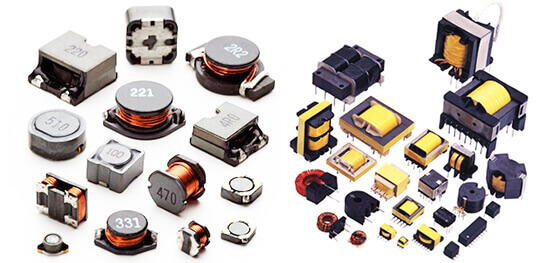Unveiling the Power of Transformers: Understanding the Basics and Types

Transformers are essential devices in the field of electrical engineering, playing a crucial role in power distribution and transmission systems. In this comprehensive blog post, we will delve into the fundamental concepts of transformers, exploring their basic principles and various types. By the end, you will have a solid understanding of these remarkable devices and their applications.
- The Basics of Transformers:
1.1 Transformer Functionality:
Transformers are static devices that transfer electrical energy between two or more circuits through electromagnetic induction. They operate based on the principles of Faraday's law of electromagnetic induction and Lenz's law.
1.2 Transformer Components:
A typical transformer consists of two essential components: the primary winding and the secondary winding. These windings are usually made of copper wire and are insulated from each other. The core, often made of laminated iron, provides a low-reluctance path for the magnetic flux.
1.3 Transformer Operation:
When an alternating current (AC) flows through the primary winding, it creates a magnetic field that induces a voltage in the secondary winding. The ratio of the number of turns in the primary and secondary windings determines the voltage transformation ratio.
- Types of Transformers:
2.1 Power Transformers:
Power transformers are widely used in electrical power transmission and distribution systems. They step up or step down the voltage levels to facilitate efficient power transfer over long distances.
2.2 Distribution Transformers:
Distribution transformers are responsible for stepping down the high voltage from power stations to lower voltage levels suitable for consumer use. They are commonly found on utility poles or in substations.
2.3 Instrument Transformers:
Instrument transformers, including current transformers and voltage transformers, are used for measuring and protecting electrical systems. They provide accurate measurements and isolate the measuring instruments from high voltages.
2.4 Auto Transformers:
Auto transformers have a single winding that serves as both the primary and secondary winding. They are used for voltage regulation, impedance matching, and in some special applications.
2.5 Isolation Transformers:
Isolation transformers are designed to provide electrical isolation between the primary and secondary windings. They protect sensitive equipment from electrical noise and provide safety by isolating the user from the power source.
Conclusion:
Transformers are indispensable devices in the field of electrical engineering, enabling efficient power transmission and distribution. By understanding the basic principles and various types of transformers, you can appreciate their significance in our daily lives. Whether it's power transformers, distribution transformers, or instrument transformers, each type serves a specific purpose, contributing to the reliable and safe operation of electrical systems.


